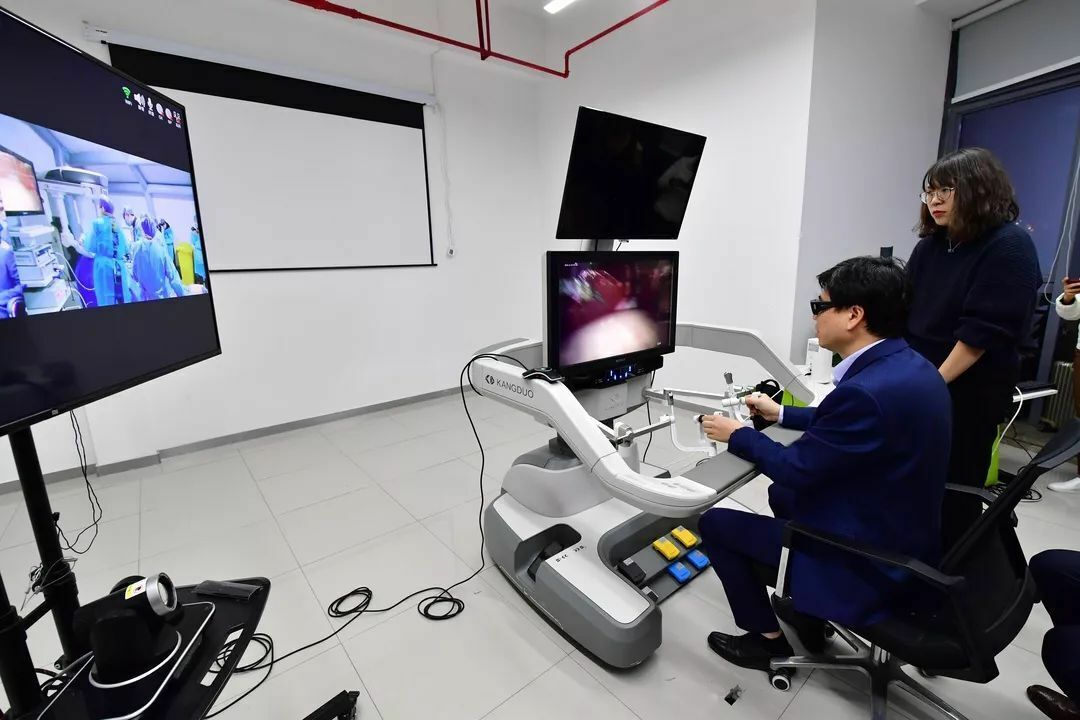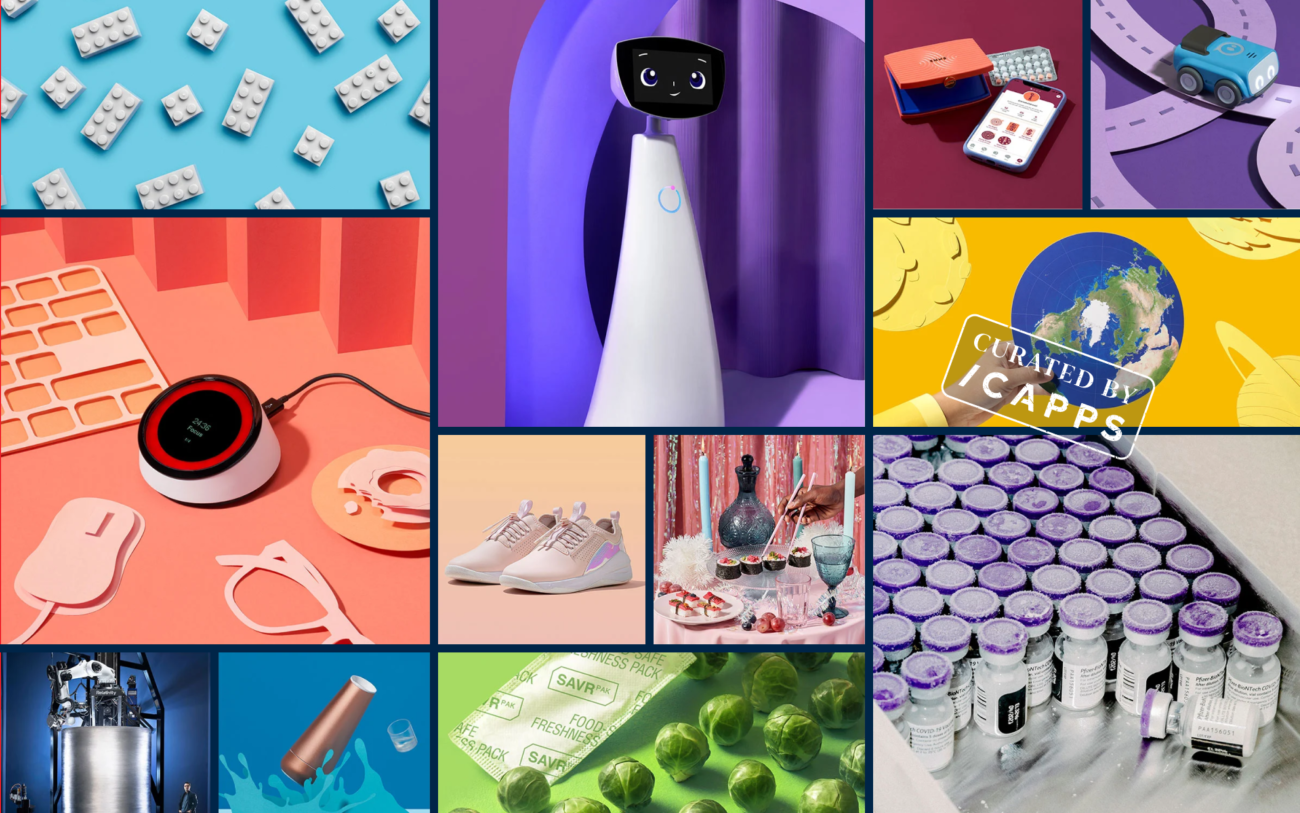Digitalization is in constant evolution and every year, or maybe even every month, we spot multiple changes. Since there is so much to keep an eye on, we decided to have a look at some of the recent evolutions and detect a top 5 of developments that could have a major impact on companies. Our Digital marketeer and data analyst, Febe Bruyninckx, and our creative strategist, Nicolas Van der Wee, list the digital challenges and opportunities they foresee in 2022. Let’s take a look.
1. Data-driven approach
Over the past years, we noticed that businesses are moving toward more data-driven decision-making, becoming more data-driven overall. To make the switch from relying on your gut feeling toward data-based business decisions in an effective way, a data strategy is crucial. Gartner takes this even a step further, according to Gartner, we will leave a tool-driven approach behind and convert it to a decision-making approach. This change will obviously take some time to develop and implement.
Key focus points in order to take steps toward a data-driven approach:
Data Literacy
Composability (Organizations need more advanced and flexible data)
Analytics
Artificial intelligence (AI)
Capabilities to support, augment and automate decisions.
Decision Intelligence
AI Engineering
Data Fabric
Gartner's definition of Data Fabric is: An integrated layer (fabric) of data and connecting processes offers enterprise-wide coverage of data across applications that are not constrained by any single platform or tool restrictions.
This conversion obviously brings some challenges with it; Think of questions like how will we manage all this data, and where can we store it. Do we need all this data or are we just collecting massive amounts of unused data and therefore building data graveyards? These data graveyards could entail issues, including GDPR issues, but also huge costs in storage, either in the cloud or on servers. Not only is it expensive for organizations to buy enough storage space, but the environmental cost also has to be taken into account as well.
Managing your data graveyards is essential to protect yourself from security breaches and cyber-attacks. We wouldn’t want this unused data to fall into the wrong hands. A good data strategy is key for any organization processing vast amounts of data.
2. New guidelines regarding Privacy - 3rd party risk management
To create maximum security and avoid data breaches, 3rd party risk management will become very important and thus a challenge for many companies in 2022. If you know that more than half of the breaches over the past two years were caused by a third party, we imply that you’re only as secure as the least safe party you’re dealing with.
For example, you might be relying on Amazon Web Services to host your website or cloud applications. If AWS would go offline, your website or application will be in a bit of a pickle. The vendor ecosystem is an attractive way for cybercriminals to get access to your data, for example by stealing login credentials or injecting malicious code into vulnerable applications.
3. Adapt to the possibilities of 5G
It's a matter of time before 5G is completely up and running so companies better make sure they've defined their use case for it. The possibilities that come with 5G will change business activities both operationally and externally for clients. Telenet started gradually rolling out a 5G network around major cities like Antwerp and Leuven, while Proximus has been taking the pioneering role since last year. The biggest advantage of 5G is that it makes network slicing possible, as a company, you will be able to buy your very own "slice" of the 5G network and create an exclusive network that is only accessible for you. You can also fine-tune it to your needs, optimize it according to what's most important for your company; being it either speed, data storage, security, ... . Another great bonus of 5G is that it's exponentially quicker in up-and downloading than 4G, offering quite a lot of opportunities for several industries.
Take robotics, for example, imagine being a hyper-specified surgeon living in Belgium, whereas there is an emergency case in Taiwan, 5G, and robotics could make it possible to perform a remote surgery in real-time. Imagine all the data coming in, visual feedback to the surgeon, the movements leading to the robotics controlling the scalpel, audio assistance, etc. All of this would just roast the wifi and the surgery wouldn’t be a great success, to say the least, but 5G will make it happen, one day. A similar case has been tested by our colleagues of Mr. Watts. You can read all about this use case and another great case in the construction industry on their website.

Other than that, businesses should really think about their business architecture and support the virtual-first remote-first mindset. Since 2020, both employees and consumers are absolutely used to accessing anything anytime from the comfort of their homes. This is a need that would become completely obsolete thanks to 5G.
4. Prepare for the Metaverse
The build-up to the Metaverse is a long way, and not per se the ambition of every business. However, we want to encourage every company to reflect on it and to think of how they can offer their users a more immersive experience. "Advancements in hardware technologies are allowing people to experience 3D and Augmented Reality (AR) in exciting new ways. Whether AR or Virtual Reality (VR), these technologies are helping us to experience places and products differently." Accenture, Fjord Trends 2022. With the use of Augmented Reality or Virtual Reality, combined with 5G, new things are made possible.
We all know AR/VR started as a gimmick in the gaming industry, where gamers could put on funky glasses and hold funny-looking controllers to access and control their favorite virtual world. The creator economy, for instance, the fashion industry, was the next to follow in 2021. They are making big bucks by launching exclusive designs for virtual worlds, selling virtual outfits as NFT’s or Non Fungible Tokens. But in 2022 we will see this shift in more industries.

Think of what possibilities a 3D copy of your product or service would entail, and decide if you want your business to be present in a virtual twin world. This brings us to the final of our challenges, as NFT’s are made possible by the same technologies that make web 3.0 possible.
5. Investigate and make your case for Web 3.0
Web 3.0; the next iteration on the world wide web, is an improvement on Web 2.0. Web 2.0 was the internet made social and is marked by the rise of Facebook, Twitter, etc. Web3, or Web3.0, revolves around the idea of decentralization and incorporates blockchain solutions like various crypto currencies, non-fungible tokens (NFTs), and many more.
To understand what web 3.0 is, you have to understand what opportunities are created by Blockchain Technologies. Let us explain using an example: in a traditional supply chain system of an enterprise, forging data or making errors can have a severe impact and, theoretically, it could happen any day. However, if the supply chain data is based on a blockchain, the forger, or the person responsible for the error, can easily be pinpointed. Rather than having platforms or applications running on servers owned and managed by a single central authority, businesses can build applications whose logic is distributed across thousands of blockchain nodes, offering transparency and immutability.
Another big opportunity of this technology for businesses is smart contracts. A smart contract can be seen as a piece of program that runs when certain conditions are met, they are typically used to automate the execution of an agreement.
This huge change in the current technology promises a fundamental changeinconsumer privacy as well. We all remember the whistleblowers, lawsuits, and controversy that happened in 2021 against the big tech companies. Web 3.0 could make a change in the sense that it wouldn’t store users’ data in a centralized environment but rather in a decentralized way and make the data usage by that company transparent. Just imagine the impact it would have on businesses, if, via web 3.0, the ownership of user data shifted back to the consumer itself?
These 5 trends will gain importance over the next year, so it’s key to prepare your business for what’s to come. Need some help in figuring out your strategy toward digitalization? Get in touch, because we’re happy to guide you.


